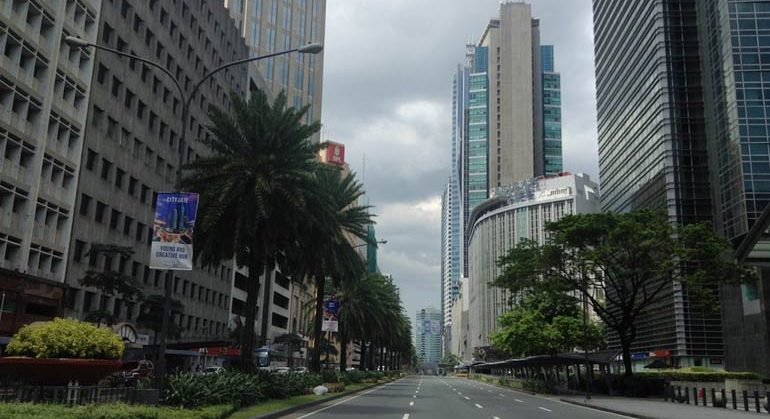
GROSS DOMESTIC PRODUCT (GDP) is expected to contract 6.5% this year, with the Philippines struggling to contain the coronavirus, raising the risk of further lockdowns that will pose a drag on business activity, according to Maybank Kim Eng.
“The Philippines and Indonesia are struggling to contain the virus outbreak and may relapse into periodic targeted or localized lockdowns,” it said in a report.
Maybank’s 2020 forecast compares with its minus 6.7% outlook for Thailand. Other economies expected to contract are Singapore (-6%), Malaysia (-5.4%), and Indonesia (-0.5%). Vietnam’s economy is projected to grow 3.6%.
In 2021 the Philippines is expected to post a gain of 4.5%, it added.
Maybank’s outlook for the Philippines in 2020 and 2021 is more pessimistic than the government’s official projections of between minus 4.5% and minus 6.6% this year and growth of 6.5-7.5% in 2021.
“The Philippines and Indonesia are especially dependent on a vaccine to save their economies, as lockdowns and social distancing rules have not been successful in containing the spread. Lockdown fatigue is setting in and governments are turning their focus to vaccine strategies,” it said.
It has been six months since the country was initially locked down. Although restrictions have been tempered in recent months, business activity has been reviving slowly.
GDP contracted by a record 16.5% in the three months to June, reflecting the months when the lockdown was strictest.
“The worst is however probably over as the economies slowly reopen after the severe lockdowns during the second quarter. But the growth trajectory will likely be more U-shaped than V, with GDP of most ASEAN economies returning to pre-pandemic levels only in early 2022,” Maybank said.
It added the crisis has been a “regressive shock” that has disproportionately hit lower-wage workers, specifically in the Philippines where unemployment was greater for elementary and high school graduates compared to university graduates.
“Income inequality will likely worsen as a result, as higher-wage workers are less impacted. The worst hit sectors — including hospitality, retail, F&B, recreation, airlines, construction — employ a higher proportion of lower-wage workers,” it said.
Philippine unemployment was 10% in July, tapering off from the high of 17.7% in April but still nearly double the year-earlier level of 5.4%, according to the Philippine Statistics Authority. The July rate is equivalent to around 4.571 million jobless. — Luz Wendy T. Noble
